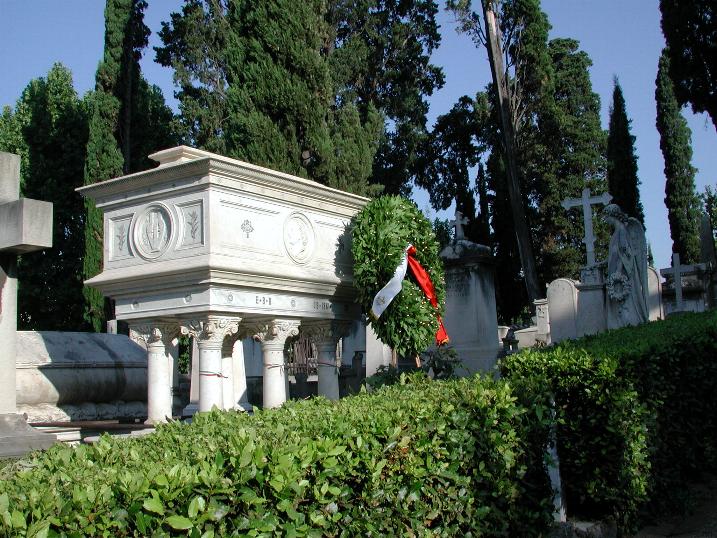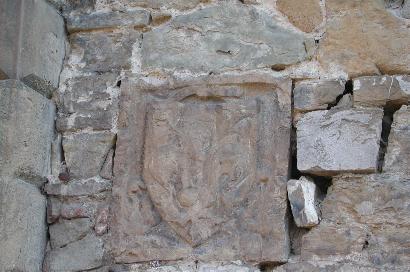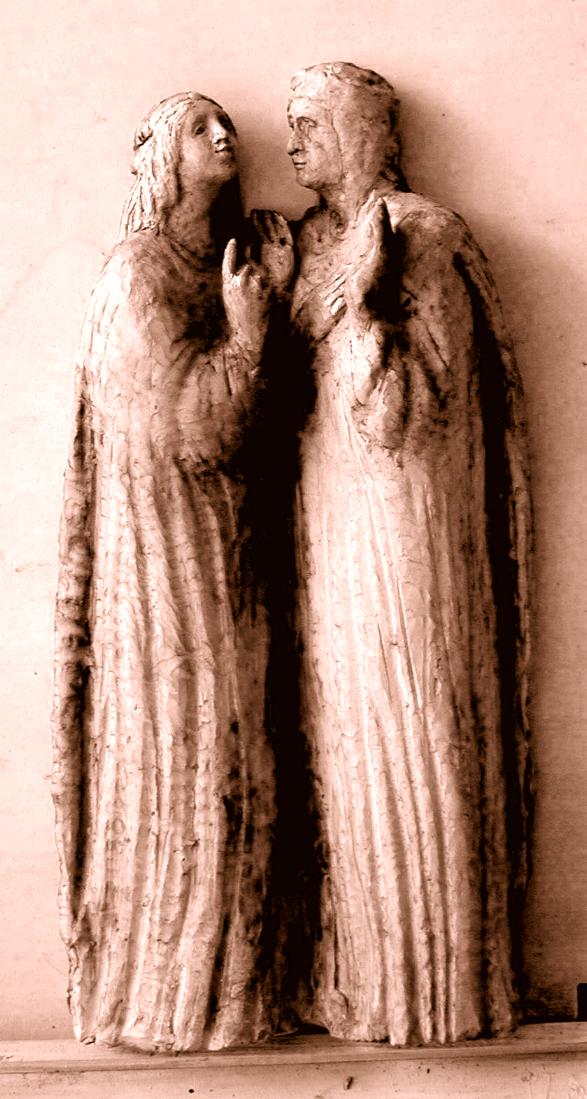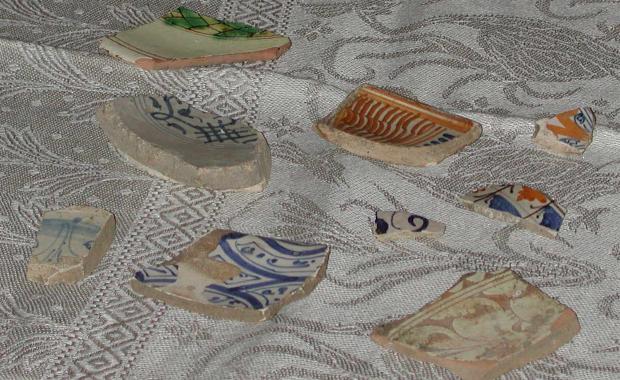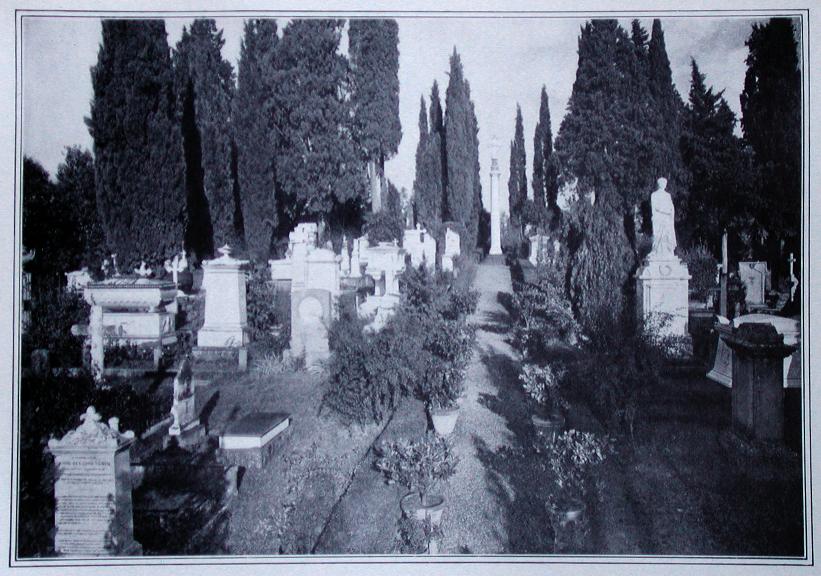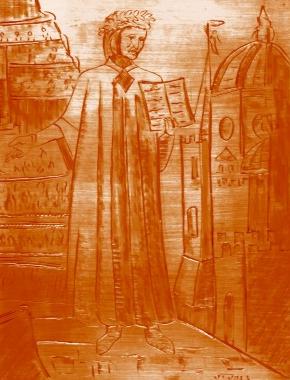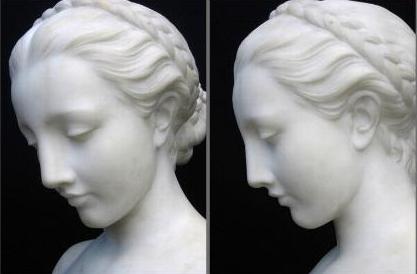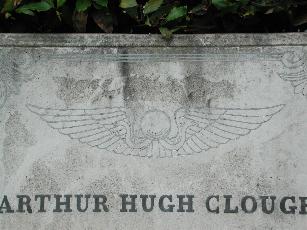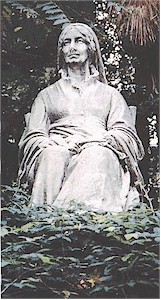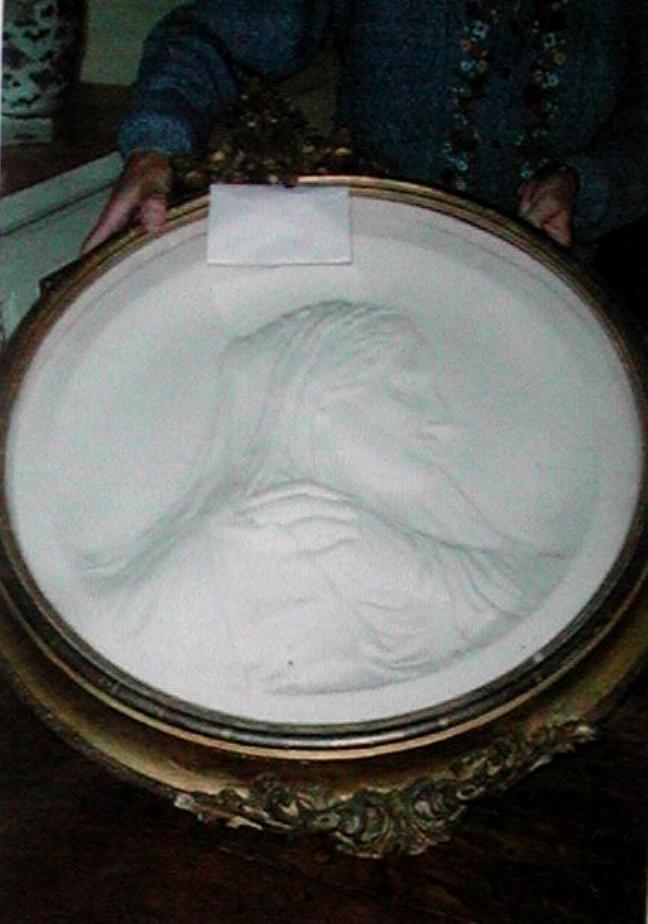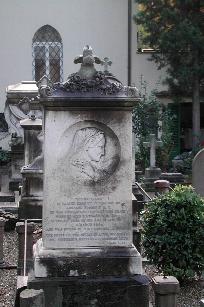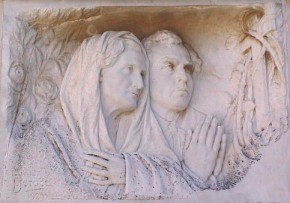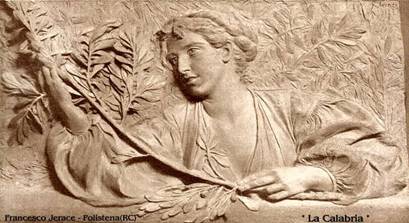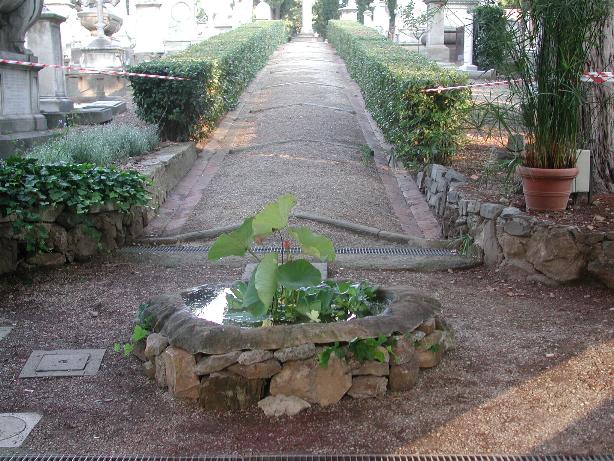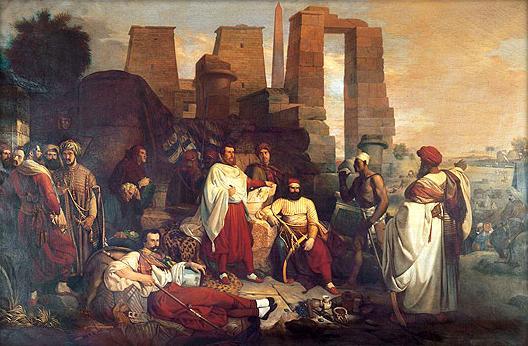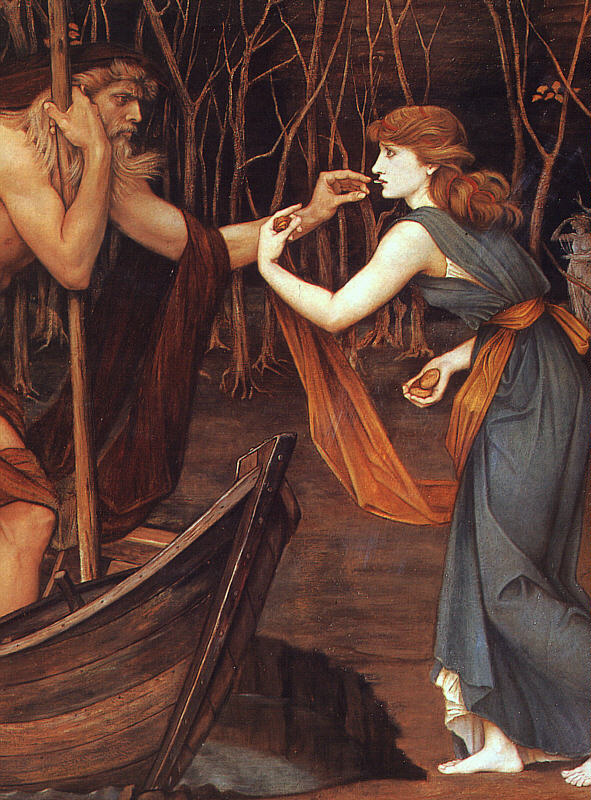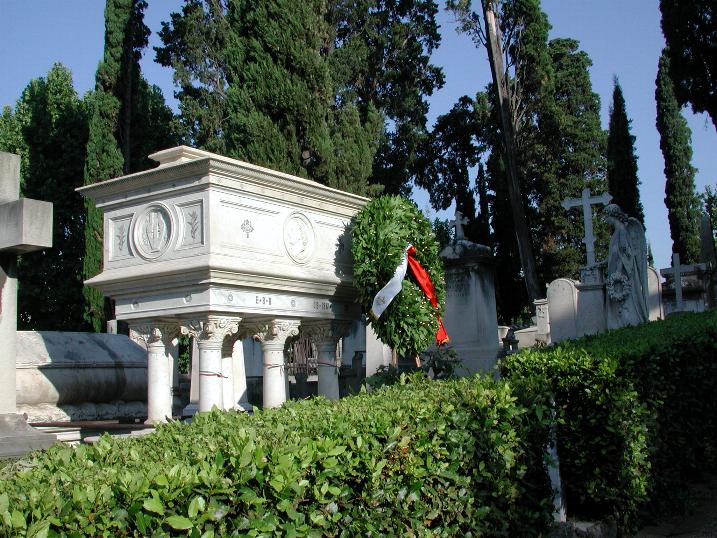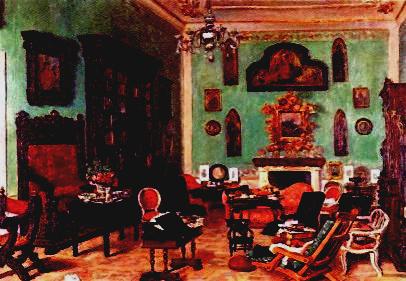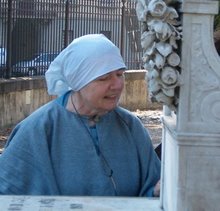We are now at 971 signatures on the web at
http://www.thepetitionsite.com/takeaction/471134975,
'That the Swiss-owned, so-called 'English' Cemetery in Florence be kept open, be restored and be declared a UNESCO World Heritage Site', and with 981 signatures in-house from our visitors, a total of 1952 signatures. Keep them coming!
I urge you to look at the discussion between Robyn Williams and Dr Jim Leavesley of Margaret River, Australia, on Elizabeth Barrett Browning's tuberculosis of the spine and lungs.
http://www.abc.net.au/rn/science/ockham/stories/s1582151.htm
Today, March 25, Florence celebrates its New Year, Dante and others believing that date is the date of the Creation of the World, the Annunciation to Mary and the Crucifixion of Christ, Dante using it for that reason for the dating of his
Commedia. So today we gathered in Elizabeth Barrett Browning's favourite Florentine church, the Basilica of the Santissima Annunziata in the square of that name beside the Ospedale degli Innocenti with its Della Robbia babies in swaddling bands, with the great silken lilied banner of the Comune, and their trumpeters blowing fanfares, all garbed in Michelangelo's red and white Renaissance garb. Incense, the pontifical Mass, mothers holding their daughters, fathers carrying their sons, all Florence was there. and at its Fair in the Piazza where one can buy local pottery and the 'brigidini' sweets once made by the Brigittine nuns at the Paradiso convent before it was suppressed. I write about the Santissima Annunziata and EBB at
http://www.florin.ms/ebbflor2.html. There are two celebrated Marian images at the Santissima, the first of Mary with the Angel at the Annunciation, begun by a monk, finished by an angel, all enshrined in silver,
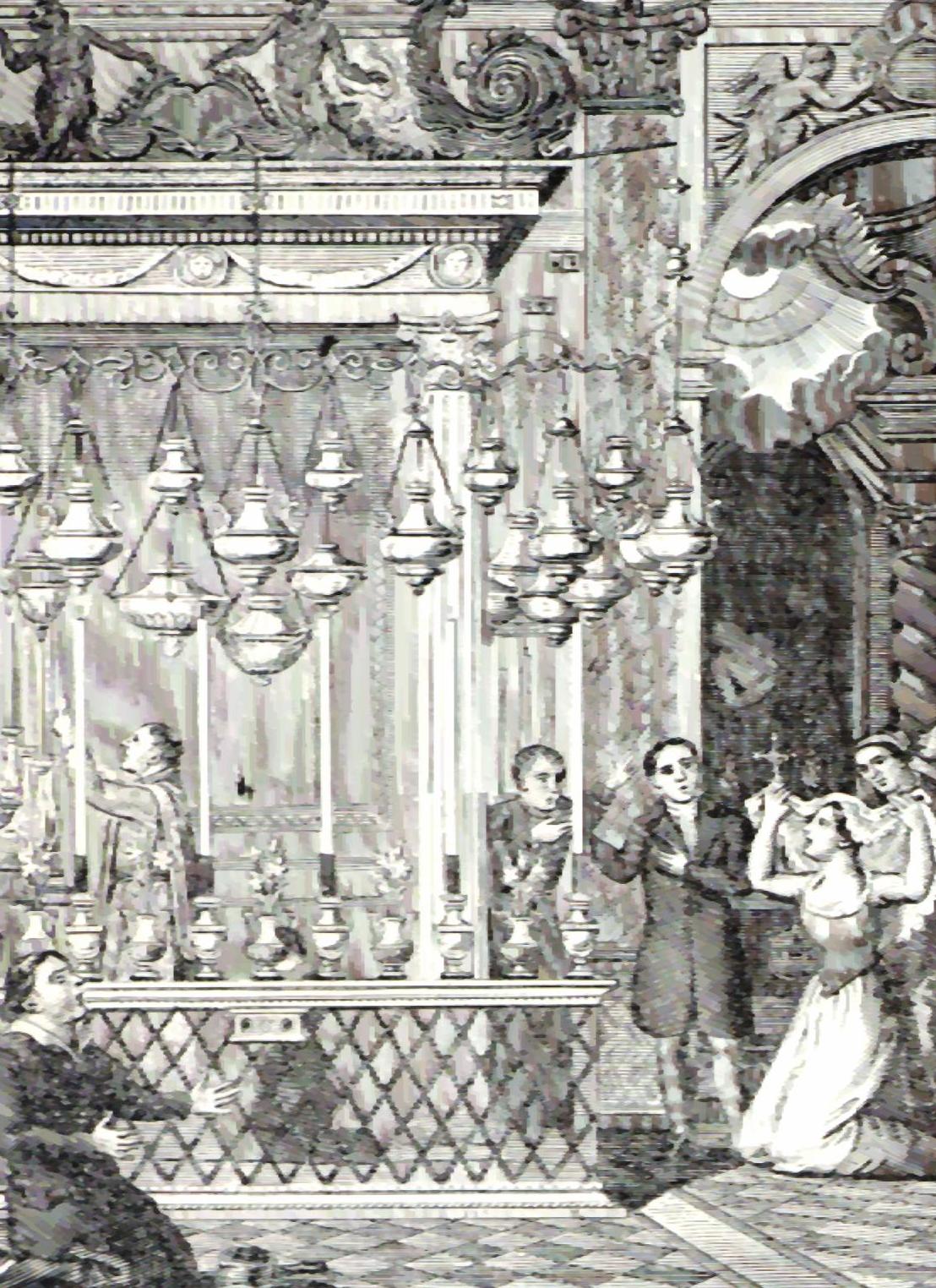
the second of the Madonna Addolorata which Elizabeth uses so powerfully in
Aurora Leigh and which I give here in a watercolour by the young English artist, Jamie Rotherham, who for a time was painting in the same cloister as had Leonardo da Vinci and Andrea del Sarto.

The day before I telephoned Florence's top stone restorer to begin the process of restoring Elizabeth Barrett Browning's tomb, a fitting way to begin Florence's New Year! He is at this time restoring Pen's villa La Torre in Antella. Now we must raise the funds for him to conserve the tombs of her circle of friends also in this 'English' Cemetery in the heart of Florence within sight of the Duomo's great dome, Walter Savage Landor, Fanny and Theodosia Trollope, Arthur Hugh Clough, Isa Blagden, Hiram Powers. We hear that the Friends of Casa Guidi at the same time are having the tombs of Pen and Sarianne Browning in the newer Swiss Cemetery at the Allori outside of Florence restored as well. We shall also be raising the funds, from individuals and from organizations, to restore this eroding hill and to landscape it as it had been in the nineteenth century, with roses, myrtle, lavender, Florence's purple irises that are her lily, and wild strawberries - which can also be given in kind. Imagine driving from England by way of Provence and buying their lavender plants, the very deep fragrant purple ones, for this piazzale in Florence. Recall, too, that in having one's ashes buried here, which is allowed now to all, will enable the 'English' Cemetery's restoration and continuation, as well as that of its Library on Elizabeth Barrett Browning and her circle.
Also, before we cycled off to the Santissima, Romano Romoli telephoned me from the Casa dei Tessuti in via dei Pecori by the Duomo and Giotto's Bell Tower. Would I bring over images and books of Elizabeth Barrett Browning for his window, just as I had earlier brought over books from this library on Brunetto Latino and Dante Alighieri. Thus we are turning shops into Florentine museums - since the Florentine museums have turned into shops! Let me invite you into his shop for it is a marvel, gorgeous stuffs, a seven-hundred year old wooden loom from Siena for weaving silk and gold cloth and so much else and where you can really hear the Tuscan Italian that Dante and Elizabeth knew,
http://www.florin.ms/casatessuti.html. Which we have now done with our 'Clasped Hands' by Amalia Ciardi Duprè and our handbound limited edition of Elizabeth Barrett Browning's Sonnets and Ballad. And my apologies for having Romano Romoli's stockinged feet in the picture:
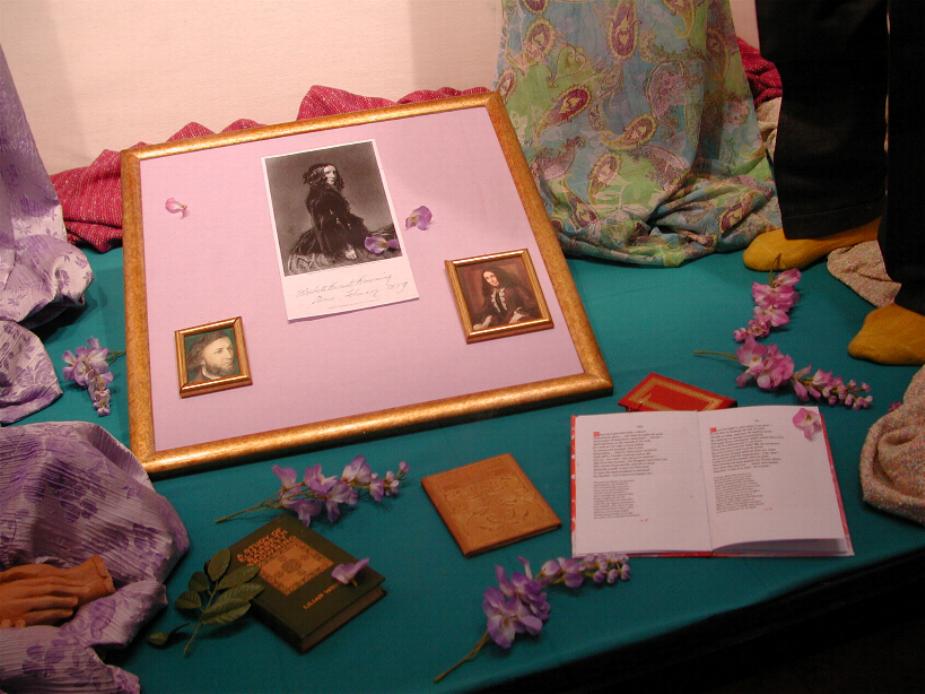
This is excellent preparation, right in the heart of the city, for our Florentine celebration of Elizabeth Barrett Browning's 200th Anniversary that we shall hold on July 5 with a visit to Casa Guidi, a lecture at the Harold Acton Library of the British Institute, overlooking the Arno (which Elizabeth describes as a silver arrow shooting its way through the city),

and a visit to the English Cemetery. She so belongs to this city, linking with a golden ring her language and theirs, English and Italian.

EBB, Michele Gordigiani, 1858
The following associations and individuals are on the Honour Committee of the Emergency Appeal for the restoration of the Swiss-owned 'Cimitero Porta a' Pinti', known as the 'English' Cemetery in Florence:
Sir James Ackroyd, England
Alliance of Literary Societies, England
Amici dei Musei Fiorentini, Florence
Armstrong Browning Library, Baylor University, America
Anthony Astbury, The Greville Press, England
Association for Gravestone Studies, America
Association for Significant Cemeteries in Europe (ASCE)
Jeffrey Begeal, America
Clive Britton, Florence
The Brontë Society, England
The Browning Society, England
Dame Fiona Caldicott, Somerville College, Oxford, England
Carolyn Carpenter, America
Diane Lutz Chaplin, Florence
Timothy Chaplin, Florence
Chiesa Evangelica Riformata Svizzera, Florence
Amalia Ciardi Dupré, Florence
Luciana Cuppo Csaki
Leonardo Domenici, Sindaco, Comune di Firenze, Florence
Dame Judi Dench, England
Juliana Dresvina, England/Russia
The English-Speaking Union, America
Ente Cassa di Risparmio di Firenze, Florence
Joan Freed, Canada
Gabinetto Vieusseux ‘Centro Romantico’, Florence
Bernardo Francesco Gianni, O.S.B. Oliv., Florence
Horace W. Gibson, Florence
The Hawthorne Society, America
Philip Henderson, Lucca
Maire Herbert, Ireland
Robert Heylmun, Florence
Historic Gardens Foundation, England
Julia Bolton Holloway, Florence
Peter Auldjo Jamieson, England
Gerardo Kraft, Florence
The Landor Society, England
Denis Looney, America
Moira Macfarlane, British Consul General, Florence
Lapo Mazzei, Firenze
Michael Meredith, Eton College, England
Tony Moulton Barrett, England
Sir Derek Morris, Provost, Oriel College, England
Priscilla Morss Bayard, Florence
Henry Moss-Blundell
Andrew Motion, Poet Laureate, England
PatrimonioSOS, Italy
Pre-Raphaelite Society, England
Giuliano and Virginia Prezzolini, Florence
Giannozzo Pucci, Florence
Luigi di Quintana Bellini Trinchi Principe di Cagnano, Rome
Regione Toscana, Florence
Robert J. Robertson, America
Romano Romoli, Florence
Jack Sewell, England
Tom Sewell, England
Salvatore Siano, 'Nello Carrara', CNR, Florence
Simone Siliani, Assessore alla Cultura, Comune di Firenze, Florence
St Mark's English Church, Florence
Carlo Steinhauslin, Florence
Sir Roy Strong, England
Mikhail Talalay, Russian Academy of Science, Naples
Aeronwy Thomas, England
Dylan Thomas Society of Great Britain
The Trollope Society, America
The Trollope Society, England
UNESCO World Heritage Site
Victoria Discussion List, Worldwide
The Victorian Society, England
Waterloo Committee, Patron, Duke of Wellington, England
Anthony and Diana Webb, England
Donald Williamson, America
Mary Williamson, America
Timothy Wilson, Ashmolean Museum, England
Sir Franco Zeffirelli, Italy
Mariella Zoppi, Assessore alla Cultura, Regione Toscana, Florence
Because the Swiss owners consider closing and abandoning the 'English' Cemetery in Florence if it cannot become economically viable, to save this library and archive of history written in marble in which we all share we have created a petition at
http://www.thepetitionsite.com/takeaction/471134975,
'That the Swiss-owned, so-called 'English' Cemetery in Florence be kept open, be restored and be declared a UNESCO World Heritage Site' / 'Che il Cimitero 'degli Inglesi' a Firenze di proprietà Svizzera possa ancora essere visitabile, sia restaurato e sia dichiarato dall'UNESCO Patrimonio Mondiale dell'Umanità'
If you wish to donate to the Aureo Anello Association towards saving the 'English' Cemetery in Florence you can by a cheque made out to 'Aureo Anello' and posted to 'English' Cemetery, Piazzale Donatello 38, 50132 Florence, Italy; or through the Pay Pal 'Donate' button below, which can also be used to purchase CDs, hand-bound limited edition books and sculptures of Elizabeth and Robert's
'Clasped Hands':

